RAJYA SABHA- The Parliament’s Upper House
About Rajya Sabha
The Council of States or the Rajya Sabha is the Parliament’s Upper House. It comprises of 250 members in totality, out of which 238 members are representatives of States and the remaining 12 members are nominees made by the President of India from among people with practical experience and expertise in field of Social Studies, Science, Arts and Literature. The elected members of State Legislative Assemblies elect the representatives of States in the Rajya Sabha.
The Legislative Assemblies are not present in the Union Territories; hence the members there are elected by the Electoral College which is especially formed for this very purpose. The members of Rajya Sabha are elected by ballot, which means by the principle of proportional representation.
Rajya Sabha’s History
The Second Chamber or the Council of States of the Parliament of India was comprised in 1952. It has been termed so as to significantly distinct Upper House from the Legislative Assembly. The principle reason for the formation of a legislative structure was to provide the representatives of the people with a democratic forum to restore the social and political togetherness of the nation. The first chairman of the Rajya Sabha and the first Vice President of India was DR. S. Radhakrishnan who set the definition of the fuction of the House broadly. He stated that the House is a superfluous body, hence it is incapable of forming or dissolving Governments but yet have functions such as being a revising Chamber.
Qualification required for becoming a Rajya Sabha member
The following qualifications must be possessed by a person who seeks to become a member of the Rajya Sabha:
• She/he must be a citizen of the Republic of India.
• She/he shall not less than 30 years old.
• He must be an elector on the Parliamentary level in State she/he wishes to seek election from.
• In the presence of an authorized person by the Election Commission of India, the candidate must pledge their allegiance to India’s Constitution.
• From time to time as the Parliament prescribes, the aspirant must possess the required qualifications.
Serving Term of Rajya Sabha Members
The Upper House or Rajya Sabha is not subjected to dissolution and is a permanent legislative structure. According to provisions made by the law, about 1/3rd of the members of Rajya Sabha retire after every 2 years of serving if they wish to do so. However, the election of members of Rajya Sabha is done every 6 years in order to maintain continuity and also be in line with the changing opinion of the people.
Chairman and Deputy Chairman: Presiding Officers of the Rajya Sabha
The ex- officio chairman of the Rajya Sabha is the Vice President of India and the Deputy Chairman, who presides over the House sitting in the Vice President’s absence, is elected by the House from among its members. The right to vote is not given to the Chairman, except in the case of a tie, in which the vote counts as the decider of the deadlock. The order of the House and the decorum is maintained by the Chairman and the proceedings of the House are conducted in accordance with the regulations of the Rajya Sabha. The Secretary-General holds the position equal the Union’s highest Civil servant and is elected by the Vice President who is under the control and direction of the Chairman.
Other Rajya Sabha Members
The other members of the Upper House or the Rajya Sabha are:
• The Prime Minister, Cabinet Minister or any other nominated Minister if member of the Rajya Sabha, is the Leader of the House.
• Commonly the leader of the largest minority party, is the Leader of Opposition who is a leader of minority parties.
Quorum
The number of members of the Rajya Sabha required for holding a House meeting is called a Quorum. The 1/10th of the total number of members of the Rajya Sabha form the Quorum.
Rajya Sabha’s Legislative Powers
Whether it is the Lower House (Lok Sabha) or the Upper House (Rajya Sabha), both of the Houses have an equal footing in the Legislative sphere. No matter in which House a Bill has originated from, it requires the approval of both the Houses of the Parliament in order to be brought into act.
Rajya Sabha’s Constituent Powers
The Amendments in the Constitution of India and relevant matters involve both the Houses equally. No matter in which House an Amendment has originated from, it requires the approval of both the Houses of the Parliament.
Powers exclusive to the Rajya Sabha
Although the Rajya Sabha has equal or inferior rights over the Lok Sabha in legislative and economical speheres, the Upper House also enjoys certain perks which are not provided to the Lower House of the Parliament.
As an example: The Rajya Sabha according to Article 312 of the Constitution has the authority to recommend creating of a new All India Service, which would serve the States’ requirements as well as of the Unions’.
Any Bill which is Non- financial needs the approval of the Rajya Sabha, even if it has been already approved by the Lok Sabha.
List of Rajya Sabha Members


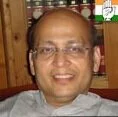
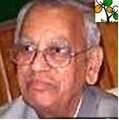
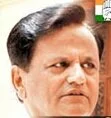
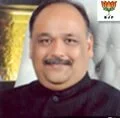
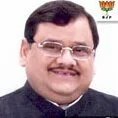
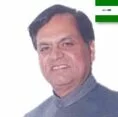
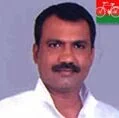
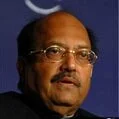
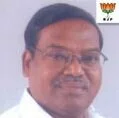
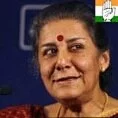
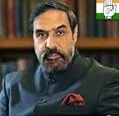
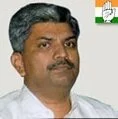
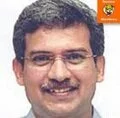
Nominee Members of Rajya Sabha
| Sno. | Name | Party | Sno. | Name | Party |
|---|---|---|---|---|---|
| 1 | Ms. Anu Aga | Nominated | 7 | Prof. Mrinal Miri | Nominated |
| 2 | Shri Mani Shankar Aiyar | INC | 8 | Dr. Bhalchandra Mungekar | INC |
| 3 | Shri Javed Akhtar | Nominated | 9 | Shri K. Parasaran | Nominated |
| 4 | Shri H.K. Dua | Nominated | 10 | Ms. Rekha | Nominated |
| 5 | Dr. Ashok S. Ganguly | Nominated | 11 | Shri Sachin Ramesh Tendulkar | Nominated |
| 6 | Smt. B. Jayashree | Nominated | 12 | Shri K.T.S. Tulsi | Nominated |

 Bihar Elections Results
Bihar Elections Results